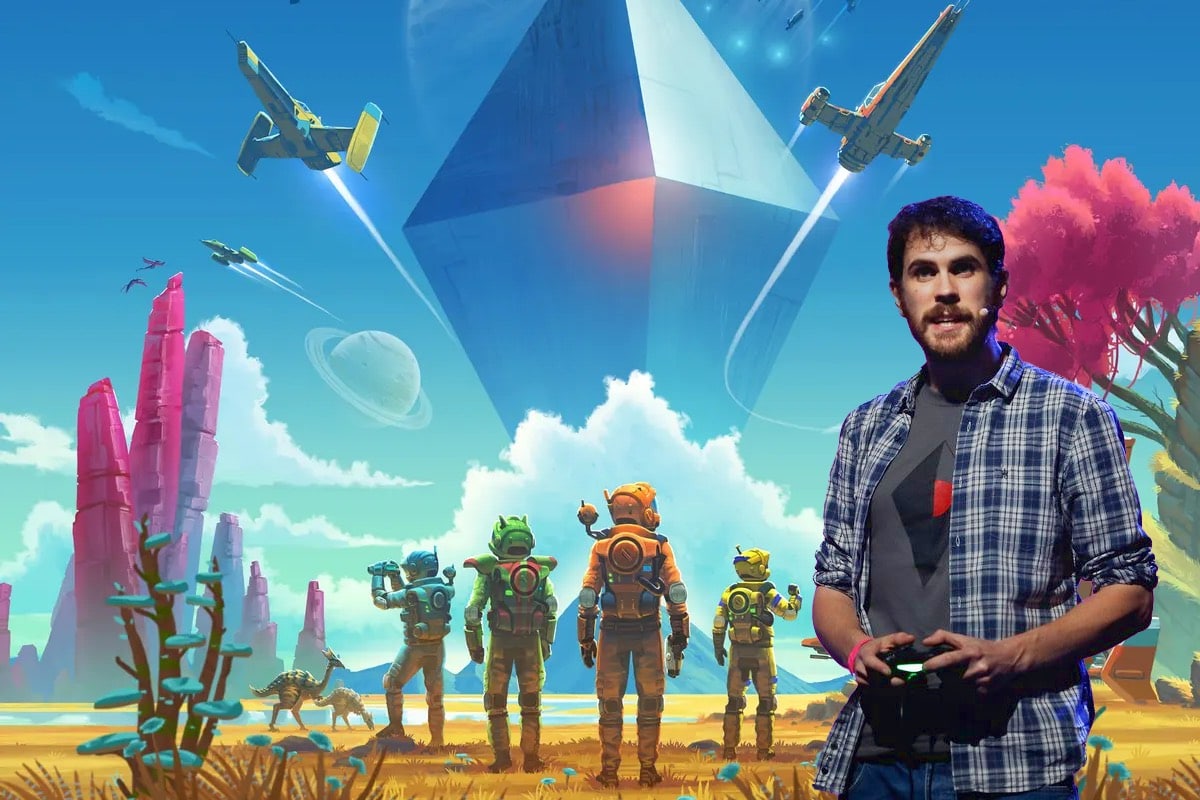In a game that was first revealed at the Video Game Awards in 2013 (then known as the VGX Awards), No Man’s Sky has lived a life of extended delays, rough launches, and triumphant updates that brought the open world universe game to its current state. And while it’s a far cry from where it started, it still has a long way to go says its creator Sean Murray.
Having just shipped their 19th major update, Sentinel, to the game since its release in 2016, Murray told IGN that the team’s “list of things we’re excited about never seems to get any shorter” and that they’re “always coming up with new things that they want to do with the game: new content and features and areas for improvement.”
When pondering what new content could possibly be added in a game that has procedurally generated everything, now has exoskeleton mechs, and some of the weirdest creatures that don’t even exist, Murray puts it quite eloquently:
“I like to think that No Man’s Sky is such a large game that we have to paint in broad brush strokes, and then each update comes along and fills in some finer detail but also paints more new broad strokes.”
The original game certainly feels like it was painted with some broader strokes, with some notable game-breaking bugs at launch, and a less-than-realized world at the start of it all.
But massive updates such as the Foundation Update brought a huge amount of fixes to the original game, while No Man’s Sky Next (also an update, not actually a different game), which brought four-player multiplayer support, a new planet rendering engine, and Xbox One support, among other improvements.
A port for the Nintendo Switch was also announced just two weeks ago at Nintendo’s most recent Direct presentation, with a targeted launch this year, though how the game will look, feel, and even be possible on a largely portable console with less than consistent access to the internet remains to be seen.
No Man’s Sky is only growing from here, and we can’t wait to see the insane procedurally-generated places it takes us.

